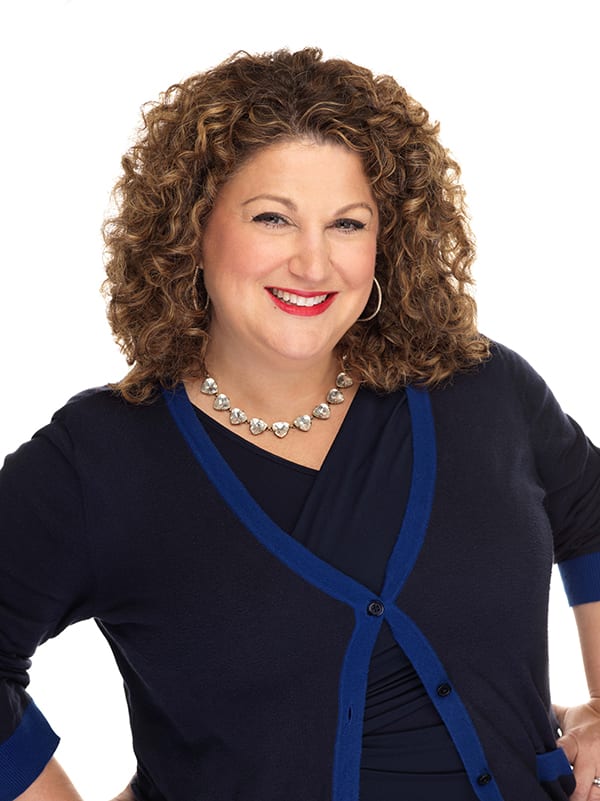 “A genuine leader is not a searcher for consensus but a molder of consensus.” – Martin Luther King, Jr.
“A genuine leader is not a searcher for consensus but a molder of consensus.” – Martin Luther King, Jr.
As someone who coaches leaders and teams, I find that, for many, consensus is a misunderstood concept. Most people believe consensus is achieved when everyone on the team is satisfied with the outcome or decision. Actually, that isn’t the case. Consensus does not mean, “I am happy and filled with delight.” It does not even mean, “I agree.” What it does mean is, “I have been heard and I will publicly support this decision.”
In other words, each team member can report that they have been heard and have acknowledged that, as a collective, a general agreement has been reached. The good news is that it’s easier to accomplish general agreement than everyone being happy with the ultimate decision.
Depending upon the size and composition of your team, it may take some effort and focus to really ensure everyone is heard (click to tweet). Here are five proven methods to try:
1. Writing before speaking
Have team members capture their thoughts in writing before you invite them to share verbally. This is especially helpful if you have a global group with non-native English speakers, a group with more than six participants, or if the topic at hand is sensitive in nature. Analytical participants appreciate having time to gather their thoughts before sharing, and it signals to all that everyone will have a point of view to share, and each is valued. This practice shouldn’t take much time – two minutes will usually suffice.
2. Scaling questions
To more accurately gauge how an idea is resonating, ask participants to qualify their views on a scale of 1-5 or 1-10. “It seems we have some concerns. How important is this on a scale of 1-10?” This is particularly useful if your group has some expressive members who may come across as more adamant than they actually are. It also allows the more introverted members to share a strong objection that may not have articulated with visual or verbal cues.
3. Restating to check for understanding
The best way to assess the extent to which you are really hearing your participants is to restate what you believe you heard them say and allow them to correct you as needed. For example: “Let me see if I understand – I hear you’re saying you feel … is that correct?”
In many instances, you may be surprised to learn that you may have made assumptions, or misinterpreted the point completely – style differences and selective hearing get in the way more than we realize.
4. Multi-voting
Once you have captured several ideas, invite your team to select their top 3 picks – for live meetings, sticky dots or markers work well. If your meeting is virtual simply use polling features or online whiteboards. This practice allows multiple high-impact ideas to bubble up, rather than just one. This is also a visual cue to the participants that their ideas are given serious consideration.
5. Designating a process facilitator role
When you’re leading a meeting designed to surface ideas and come to a conclusion, it’s easy to get wrapped up in the content. Consider asking one of the participants to help manage the process. This person can watch the clock, identify members who haven’t been heard from, and suggest new techniques when the group is stuck.
Once all participants have been heard, ask for their commitment to support the team’s decision – and remember to discuss key messages that participants can share publicly to confirm alignment.



